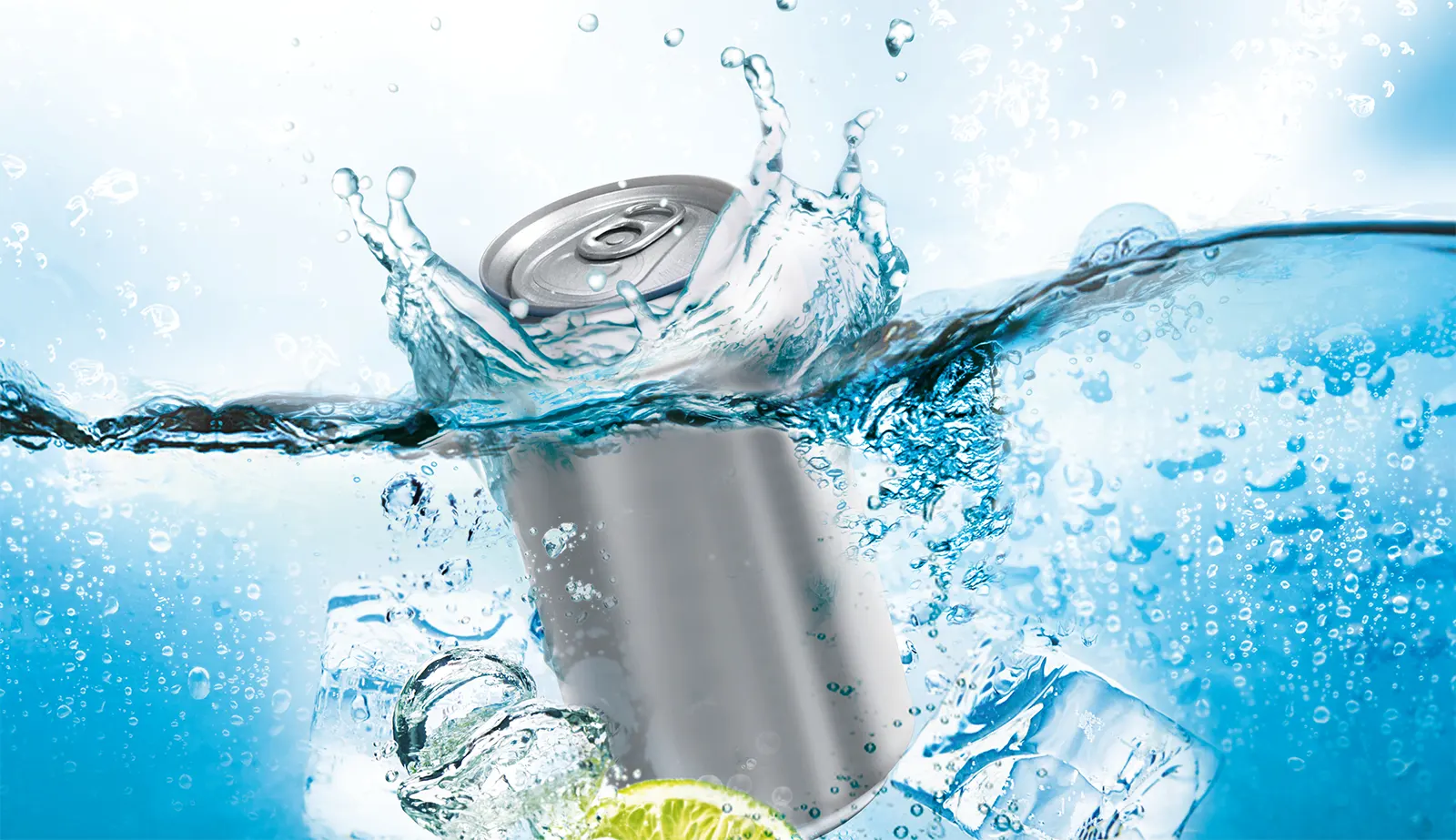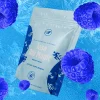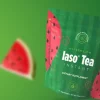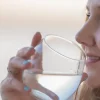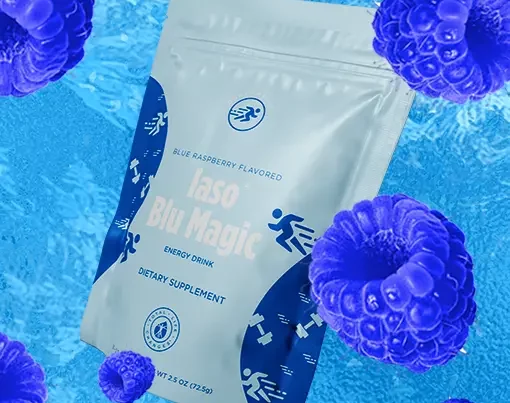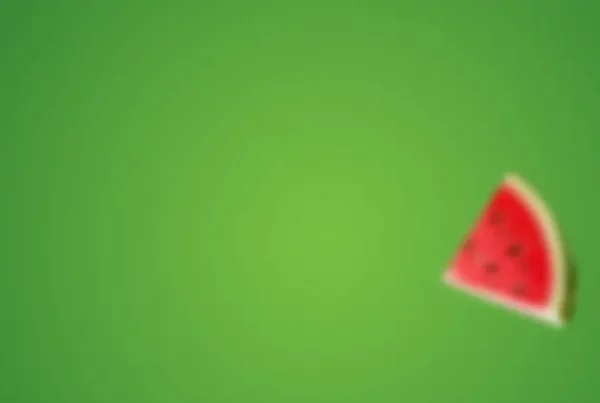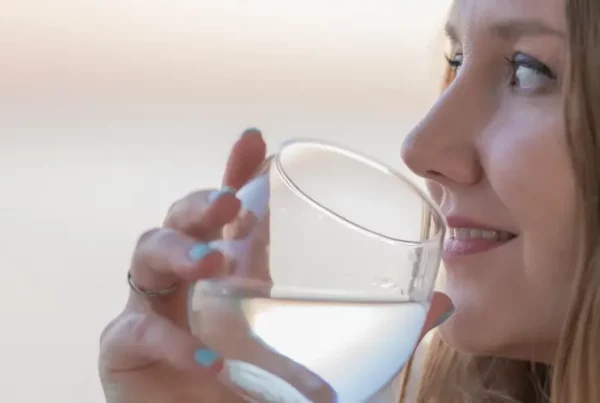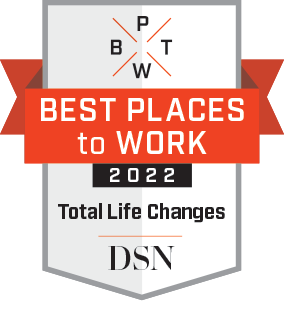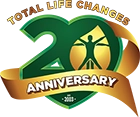Struggling With Soft Drinks? Two Alternatives to Help You Drop Pop
Carbonated soft drinks are extremely popular in the United States. In 2021, they comprised nearly 19% of all non-alcoholic beverages consumed, second only to bottled water (Ridder, 2022). If you enjoy these beverages, you certainly are not alone.
A Little History
Modern soft drinks can trace their roots back to the 17th century when water, lemon juice, and honey were mixed together. Experimentation with carbonated water also gained momentum around this time, and by the 19th century, flavors like ginger were added to it, and the rest is history (Pietka, 2019).
Today, soft drinks are available in a rainbow of colors and a variety of flavors ranging from sweet to spicy. There is no shortage of interesting blends designed to please the palate, and, according to Statista, sales are only expected to increase throughout the next few years (Soft Drinks – United States | Statista Market Forecast, n.d.).
The Blessing and the Curse of Convenience
On tap at virtually every restaurant and convenience store across the United States and just a push of a button away in vending machines, soda (or pop) is extraordinarily convenient to consume. In fact, in 2018, the average American drank 38.87 gallons of it– one of the highest consumption rates in the world (Conway, 2018)!
And soft drinks are just one form of sugar-sweetened beverages that Americans love to consume; there are fruit drinks, energy drinks, and sweetened teas just as readily available and enticing to drink.
Perhaps it should come as no surprise, then, that the CDC has stated that “63% of adults aged 18 or older reported drinking sugar-sweetened beverages once daily or more” (Centers for Disease Control and Prevention, 2018).
They may be enjoyable to consume, but these types of drinks can have negative consequences on your health. For one, many of these drinks contain high fructose corn syrup, which has been shown to have negative effects on the human body (Team, W., 2021). They also tend to be acidic, which can be damaging to your teeth (Cheng et al., 2009). We touch on a few of these concerns in our Guide to Healthy Hydration, but did you know that soda consumption has also been linked to poor diet quality?
A systematic review and meta-analysis report available through the National Library of Medicine says, “We found clear associations of soft drink intake with increased energy intake and body weight. Soft drink intake also was associated with lower intakes of milk, calcium, and other nutrients and with an increased risk of several medical problems” (Vartanian et al., 2007).
A counterargument could be made that moderation is key, but with such convenience, it is certainly easy to over-indulge.
So What About Diet and Zero-Sugar Soda?
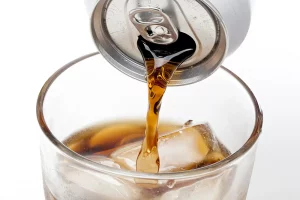 Zero-sugar and diet drinks use artificial sweeteners and are either low in calories or contain none at all. That may give them the initial appearance of a healthier beverage; however, there is evidence to suggest a link between diet sodas and obesity.
Zero-sugar and diet drinks use artificial sweeteners and are either low in calories or contain none at all. That may give them the initial appearance of a healthier beverage; however, there is evidence to suggest a link between diet sodas and obesity.
The National Institute of Health (NIH) published an article that states, “Overweight and obese adults who drink diet beverages consume significantly more solid-food calories—particularly from snacks—than those who drink sugary beverages” (Diet Beverages and Body Weight, 2015).
A study conducted by The San Antonio Longitudinal Study of Aging found that diet soda had an impact on long-term increases in the waist circumference of older adults, noting a “striking, positive dose-response relationship between increasing diet soda intake and escalating abdominal obesity…” (Fowler et al., 2015). Besides this apparent link, even diet and zero-sugar sodas are acidic and lacking in healthy nutrients (Rusmevichientong et al., 2018), so we do not recommend these for a healthy lifestyle program like The 15 Day Challenge.
Substituting Soda for Something Else
Different people derive different benefits and pleasures from drinking soft drinks. This means there isn’t necessarily a hard-and-fast answer when it comes to switching to something else. These two suggestions help deliver some of the best elements of soda, so why not give them a try?
If You Crave Caffeine, Try the Coffee Bean!
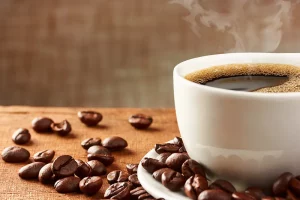 According to NIH, “Caffeine is the most widely consumed psychoactive drug in the world” (Temple et al., 2017). Derived from the leaves and seeds of many plants, caffeine is often consumed to combat fatigue and drowsiness (Evans & Battisti, 2019).
According to NIH, “Caffeine is the most widely consumed psychoactive drug in the world” (Temple et al., 2017). Derived from the leaves and seeds of many plants, caffeine is often consumed to combat fatigue and drowsiness (Evans & Battisti, 2019).
While varying amounts of caffeine can certainly be found in many soft drinks, you can also find it in many other products, including water, tea, and supplements.
Coffee is an especially popular choice when it comes to consuming caffeine, and in fact, it is one of the most widely consumed beverages around the world (Topic: Coffee Market, 2019).
Try a hot cup of coffee to satisfy your craving. We recommend Delgada, which is a bold-roast coffee rich in flavor!
Not a coffee fan? Try NRG to get some caffeine without the taste of the coffee bean!
A word of caution, though: According to the NIH, “Although there are no absolute contraindications to caffeine, there are some medical conditions in which caution is necessary.” For a list of those conditions and for additional information, please visit their website.
If It’s Bubbles You Crave, Carbonated Water Is the Rave!
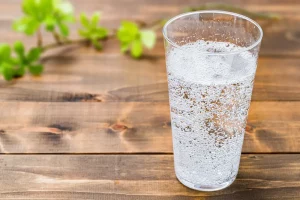 Most soft drinks contain carbonation that treats your tongue to a fizzy splash with every sip. If this contributes to your love of drinking soda, there is great news! Carbonated water can give you a similar experience, and it’s refreshingly hydrating.
Most soft drinks contain carbonation that treats your tongue to a fizzy splash with every sip. If this contributes to your love of drinking soda, there is great news! Carbonated water can give you a similar experience, and it’s refreshingly hydrating.
If you want some flavor, add a slice of your favorite citrus or even some cucumber. Several brands offer flavored carbonated water. Just be sure to leave those with added sugar at the store if you want to keep your calories down!
Conclusion
If you love your soft drinks, you are definitely not alone. The alternatives we mentioned may help, but if you find yourself still struggling with soda, stop by our supportive 15 Day Challenge Facebook Community and get some encouragement. You are not alone.
By Gary Path, Sr. Creative Content Writer
References
- Centers for Disease Control and Prevention. (2018, October 23). Get the Facts: Sugar-Sweetened Beverages and Consumption. Centers for Disease Control and Prevention. https://www.cdc.gov/nutrition/data-statistics/sugar-sweetened-beverages-intake.html
- Cheng, R., Yang, H., Shao, M.-ying, Hu, T., & Zhou, X.-dong. (2009, May). Dental erosion and severe tooth decay related to soft drinks: A case report and literature review. Journal of Zhejiang University. Science. B. Retrieved September 29, 2022, from https://www.ncbi.nlm.nih.gov/pmc/articles/PMC2676420/
- Conway, J. (2018). U.S. per capita consumption of soft drinks, 2018 | Statista. Statista; Statista. https://www.statista.com/statistics/306836/us-per-capita-consumption-of-soft-drinks/
- Diet Beverages and Body Weight. (2015, May 11). National Institutes of Health (NIH). https://www.nih.gov/news-events/nih-research-matters/diet-beverages-body-weight
- Evans, J., & Battisti, A. S. (2019, March 13). Caffeine. Nih.gov; StatPearls Publishing. https://www.ncbi.nlm.nih.gov/books/NBK519490/
- Fowler, S. P. G., Williams, K., & Hazuda, H. P. (2015). Diet Soda Intake Is Associated with Long-Term Increases in Waist Circumference in a Biethnic Cohort of Older Adults: The San Antonio Longitudinal Study of Aging. Journal of the American Geriatrics Society, 63(4), 708–715. https://doi.org/10.1111/jgs.13376
- Pietka, M. (2019). soft drink | Definition, History, Production, & Health Issues. In Encyclopædia Britannica. https://www.britannica.com/topic/soft-drink
- Ridder M. (2022, January 13). Consumption share of beverages in the United States in 2021, by segment. Statista. Retrieved November 30, 2022, from https://www.statista.com/statistics/387199/us-consumption-share-of-beverages-by-segment/
- Rusmevichientong, P., Mitra, S., McEligot, A. J., & Navajas, E. (2018). The Association between Types of Soda Consumption and Overall Diet Quality: Evidence from National Health and Nutrition Examination Survey (NHANES). Californian Journal of Health Promotion, 16(1), 24–35. https://www.ncbi.nlm.nih.gov/pmc/articles/PMC6428592/
- Soft Drinks – United States | Statista Market Forecast. (n.d.). Statista. https://www.statista.com/outlook/cmo/non-alcoholic-drinks/soft-drinks/united-states
- Team, W. (2021, December 20). Avoid the hidden dangers of high fructose corn syrup. Cleveland Clinic Health Essentials. Retrieved September 27, 2022, from https://health.clevelandclinic.org/avoid-the-hidden-dangers-of-high-fructose-corn-syrup-video/
- Temple, J. L., Bernard, C., Lipshultz, S. E., Czachor, J. D., Westphal, J. A., & Mestre, M. A. (2017). The Safety of Ingested Caffeine: A Comprehensive Review. Frontiers in Psychiatry, 8(80). https://doi.org/10.3389/fpsyt.2017.00080
- Topic: Coffee Market. (2019). Www.statista.com; Statista. https://www.statista.com/topics/1248/coffee-market/
- Vartanian, L. R., Schwartz, M. B., & Brownell, K. D. (2007). Effects of Soft Drink Consumption on Nutrition and Health: A Systematic Review and Meta-Analysis. American Journal of Public Health, 97(4), 667–675. https://doi.org/10.2105/ajph.2005.083782



